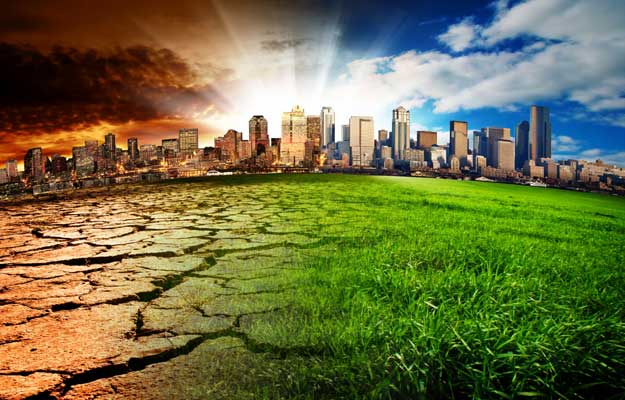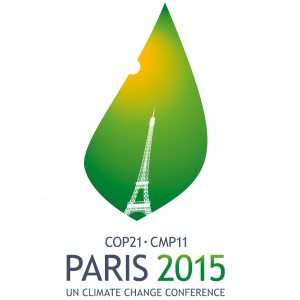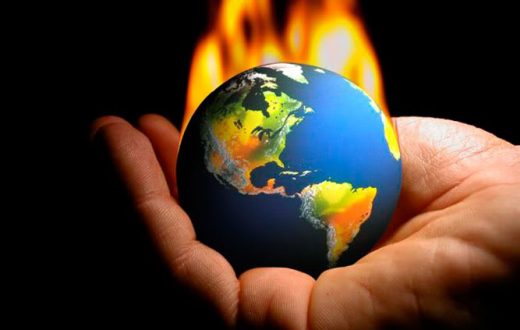The agreement reached last month , December 12th after two weeks of discussion, is more original than historical. It is the first time ever that 195 states members of the United Nations chose the same direction against climate change.
The final report given by the President of the COP21, Laurent Fabius is very detailed and not easy to read. Young Diplomats’ Economic Expert Adrien Gonin collected the most relevant points on this agreement to understand the decisions taken by the 195 countries.
Is the treaty ambitious enough?
Despite all the work done the last weeks on this summit, the treaty raises many questions. The delegation present at the meeting declared having reached a common position to fight against global warming. Many NGOs do not agree and denounce the lack of legal constraints.
By reading the COP21 report, it is true that it is imperfect and incomplete. The countries only agreed on a framework, a basis with global objectives to follow but not precise enough on the way to control and respect those goals. As an example, the text gives the objective of reducing global temperature by 2°C but only encourages the state to “try to limit their warming by 1.5°C”. Moreover, there is no legal incentive given by the COP21 to punish the states that will not respect this rule.
So the agreement is not, as said Laurent Fabius, “restrictive”. According to the international law: the text does not sanction the countries for not following the commitment taken by each country.
Is a worldwide decrease of 1.5°C achievable?
If we consider today´s situation of global gas emissions, a decrease of 1.5°C is an impossible mission. This number, asked by many island states such as the Maldives Islands, which are threatened of submersion, has only a political and symbolic significance. The COP21 did not agree on long term goals translated into concrete numbers, but only on unclear goals in order to reach an “equilibrium of the global climate”.
The amount of USD 100 billion was suggested to be given to the South States as a compensation of the environmental damages caused by the Northern countries. In 2009 the Northern states promised to mobilize USD 100 billion for 2020 in consequence to the climate change, drought, floods, cyclone and the rise of the seas.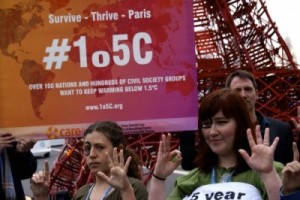
The text written on December 12th gives the Southern countries satisfaction. The amount of USD 100 billion will be considered as a limit amount. After this sum, a new “collective calculated goal” shall be established before “April 2025”. But again, there are no concrete commitments of any country behind this idea. This point was mostly not agreed because of the American position. John Kerry refuses to reach this agreement of paying for the southern countries, as he already knows the position of the American congress, which is hold by the Republicans and not very environmental friendly.
Moreover, there will be no compensations for the losses and damages for the countries threatened the most by the climate change. The agreement declares: “the necessity to avoid and reduce by its minimum the losses and damages due to the negative effects of the climate changes and to find solutions”. – Clearly, the wealthiest countries of the world are refusing to pay for poor countries for the climate damages they suffer.
Transparency as the future pillar for common work against the climate change.
The transparency of all the countries is key to future improvement in terms of reducing the global warming. The transparency shows how serious a country is committed towards its engagement. It also involves their own reputation to their peers and the public.
The article 13 of the report provides a mechanism for transparency: an international comity of experts will check all the information given by a state in terms of their emissions and the progress accomplished to reduce them. Moreover, these evaluations and reports will be public and available to everyone.
The challenge of the transparency is to enable trust and dialogue between countries as a first step to take concrete decisions and act against the global warming and reduce the gas emissions. Nevertheless, this agreement contains no constraints for any country. Every 195 county can still act in their own interest, despite the fact they all signed the treaty…
The biggest oil producers are speechless
The first oil producers in the world are the states of the Middle-East and other members of the Organization of the countries exporting petrol such as Venezuela and Nigeria. The GDP is of these countries is based on the carbonized energies. This countries do not really act against polluting energies.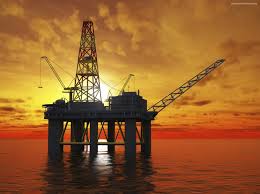
Only few oil countries listed their engagements to reduce their gas emissions. Middle-East countries such as Kuwait, Iran, Iraq, Qatar and South Arabia did not give any hope to produce green energies. The United Arab Emirates gave a report in which gas and oil are presented as the most efficient source of energy in the world.
The next steps to a wealthy planet…
Next year the COP22 will take place in Marrakech. The challenge will be to fix concrete goals and rules, constraining the states to act against the global warming, which has not been achieved in Paris. The question about the losses and damages and their financing remains not resolved and taboo. The global agreement can be criticized as very weak. But it´s a first success to have united and negotiated with 195 countries – where long-term interests are very different. The COP21 shall be a framework for the next negotiations, which should set concrete rules against the global warming.

